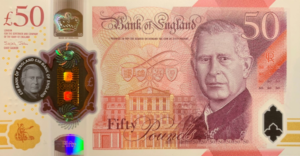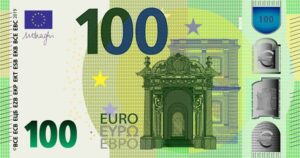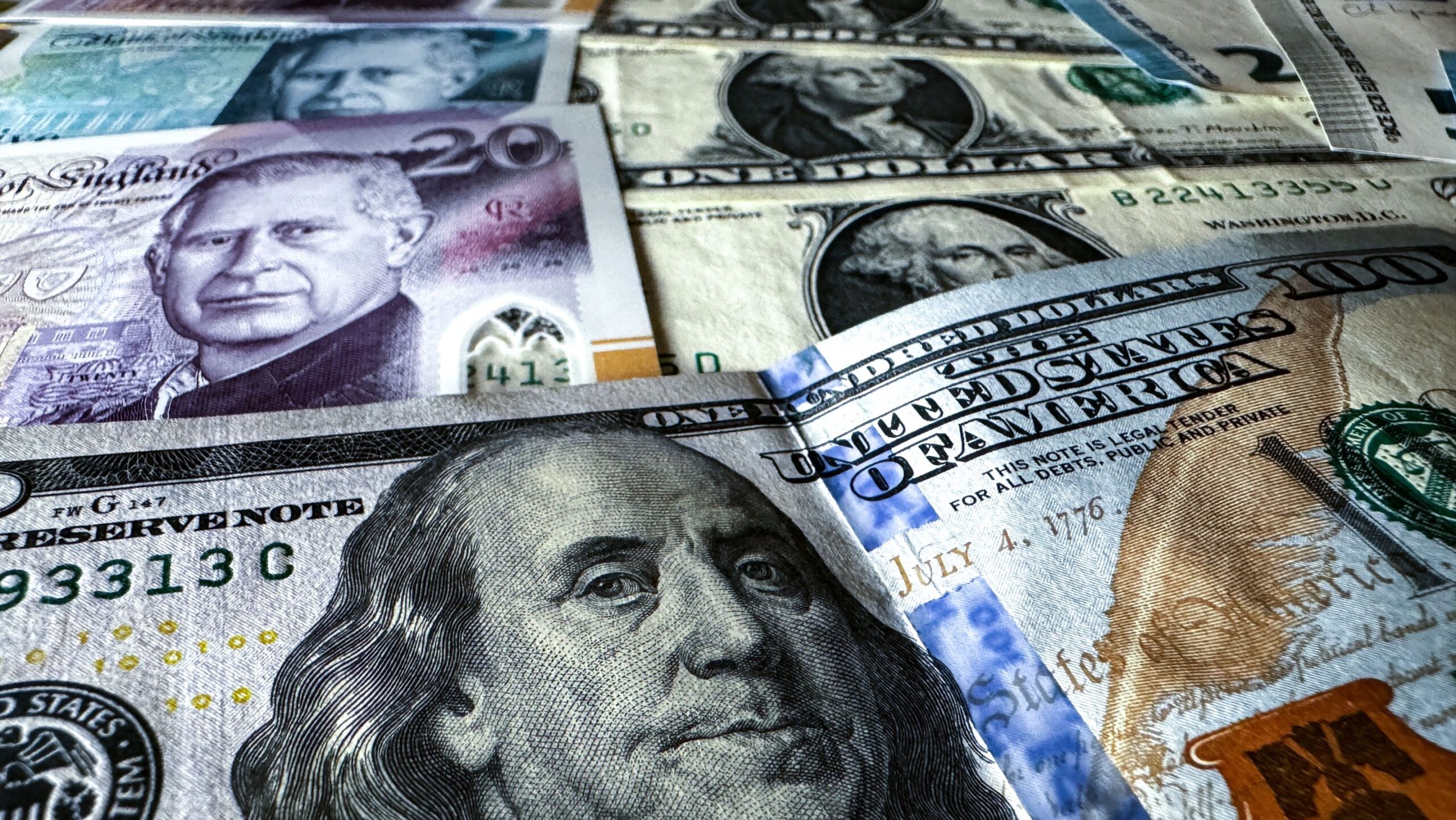WHAT IS A BANK NOTE?
A banknote, also known as a bill or note, is a type of physical currency issued by a central bank or government. It is a promissory note that represents a certain amount of value, typically denominated in the local currency.

CHARACTERISTICS OF BANK NOTES
1. Unique design: Each denomination has a distinct design, featuring security threads, watermarks, and other anti-counterfeiting measures.
2. Serial number: Each banknote has a unique serial number to prevent counterfeiting.
3. Denomination: The face value of the banknote, indicating its worth.
4. Security features: Banknotes often include security features like holograms, microprinting, and color-shifting ink to prevent counterfeiting.
5. Central bank or government guarantee: Banknotes are backed by the central bank or government, ensuring their value and legitimacy.
EXAMPLES OF BANKNOTES
– US dollar bills ($1, $5, $10, etc.)
– Euro notes (€5, €10, €20, etc.)
– British pound notes (£5, £10, £20, etc.)
– Japanese yen notes (¥1,000, ¥5,000, ¥10,000, etc.)
TYPES OF BANKNOTES
A- THE POSITIVE BANKNOTE
A positive banknote is a banknote that is issued by a central bank, has a legitimate serial number, with intact security features, that is not damaged and above all it should be genuine and authentic. Positive banknotes are generally financial institutions, trusted by merchant and above all valuable for transactions.

B-THE NEGATIVE BANKNOTE
A negative banknote is one which is forged by illicit means, has no valid or credible serial number, no security features, counterfeit or damaged. Negative banknotes are void of value thus unacceptable by merchants and financial institutions.

Negative banknotes can be activated by use of chemical or technical process to restore or alter its original state. However it is worth noting that it prohibited to to alter modify banknotes, counterfeit banknotes are illegal and may lead to legal consequences.


